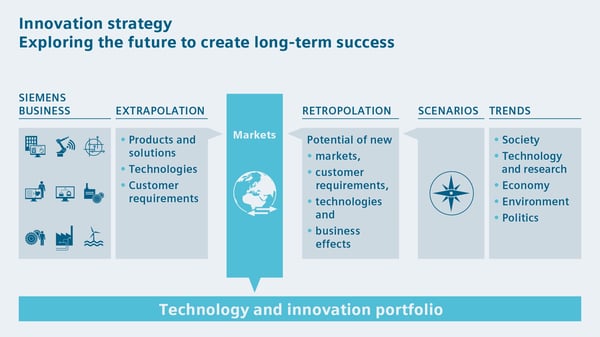While rebranding can often be nothing more than a marketing strategy, it can also show a company’s commitment to respond to changes in the market. That is the case of Siemens PLM Software, which changed its name to Siemens Digital Industries Software.
This comes as part of the Vision 2020+ reorganization of the company, which aims to provide integrated software (PLM and digital twins), infrastructure (IoT), and services for product development and optimization. At the same time, Siemens announced a new portfolio called Xcelerator, which combines software, services, and an application development platform.

Overview of Siemens Vision 2020+ strategy (courtesy of Siemens)
This is important because, for decades, PLM software has been delivered as a monolithic product, which was expensive, complex, and rigid. New technology like the cloud made PLM more flexible and affordable, but vendors also acquired software products that have been combined with older software and sold in multiple variations. While this gives buyers more tailored functionality, vendor roadmaps became convoluted, often confusing clients and potential buyers.
As a result, PLM vendors created suites tailored to specific industries such as retail or automotive. The next logical step was to add services and options related to application development around the PLM software core, which would allow companies to integrate better and improve their overall software stack in a consistent, process-focused way.
The new Siemens portfolio promises to deliver the benefits mentioned above but may also have a few drawbacks. First, the cost of such a sophisticated offering may be prohibitive for SMBs. Also, companies already using a mix of software such as PLM and technology like IoT or digital twins may not be ready to replace everything with a new portfolio. Finally, companies may need advanced internal expertise to manage this type of software.
G2 believes that flexible portfolios like Siemens Xcelerator can help enterprises and global companies be successful in their ongoing digital transformation efforts. It remains to be seen how the new platform compares with similar offerings by Siemens’ competitors, such as Dassault Systemes’ 3D Experience Platform or PTC ThingWorx.



 by Gabriel Gheorghiu
by Gabriel Gheorghiu
 by Gabriel Gheorghiu
by Gabriel Gheorghiu
 by Gabriel Gheorghiu
by Gabriel Gheorghiu